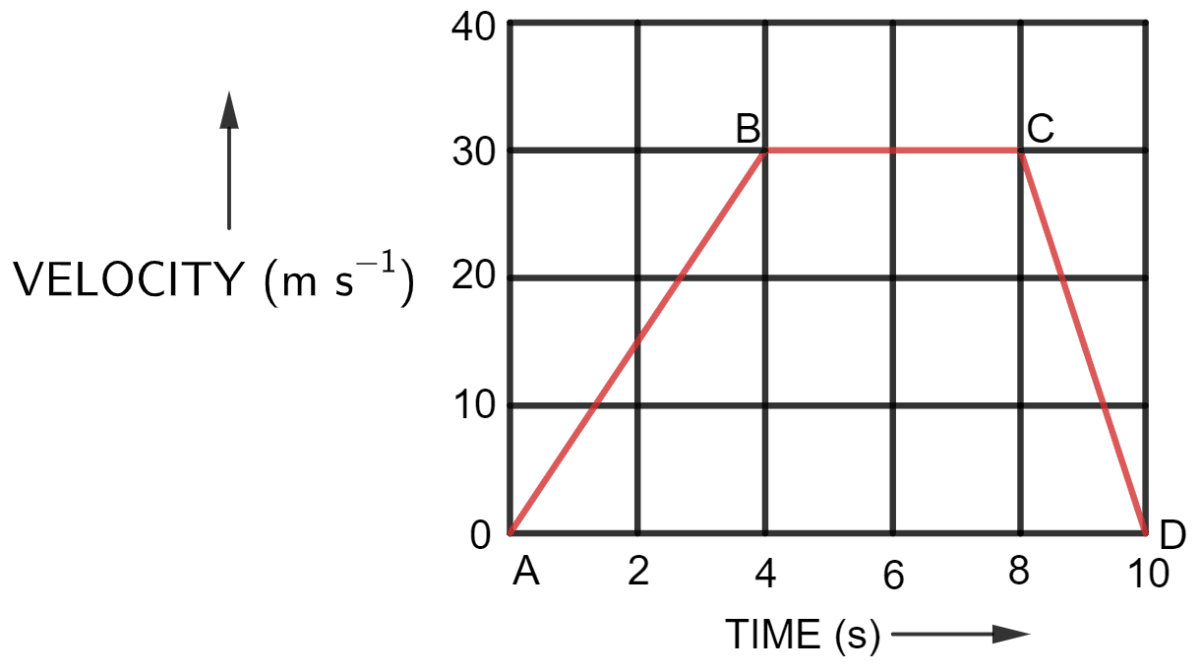Physics
Figure shows the velocity-time graph for the motion of a body. Use it to find the displacement of the body at t = 1 s, 2 s, 3 s and 4 s, then draw the displacement-time graph for it on figure (b).

Related Questions
Figure ahead represents the displacement-time sketch of motion of two cars A and B.

Find —
(i) The distance by which the car B was initially ahead of car A.
(ii) The velocities of car A and car B
(iii) The time in which car A catches car B
(iv) The distance from start when the car A will catch the car B
A body at rest is made to fall from the top of a tower. Its displacement at different instants is given in the following table —
Time (in s) 0.1 0.2 0.3 0.4 0.5 0.6 Displacement (in m) 0.05 0.20 0.45 0.80 1.25 1.80 Draw a displacement-time graph and state whether the motion is uniform or non-uniform?
Figure below shows a velocity-time graph for a car starting from rest. The graph has three parts AB, BC and CD.

(i) State how is the distance travelled in any part determined from this graph.
(ii) Compare the distance travelled in part BC with the distance travelled in part AB.
(iii) Which part of graph shows motion with uniform (a) velocity (b) acceleration (c) retardation?
(iv) (a) Is the magnitude of acceleration higher or lower than that of retardation? Give a reason. (b) Compare the magnitude of acceleration and retardation.
The velocity-time graph of a moving body is given below in figure

Find —
(i) The acceleration in parts AB, BC and CD.
(ii) Displacement in each part AB, BC, CD, and
(iii) Total displacement.